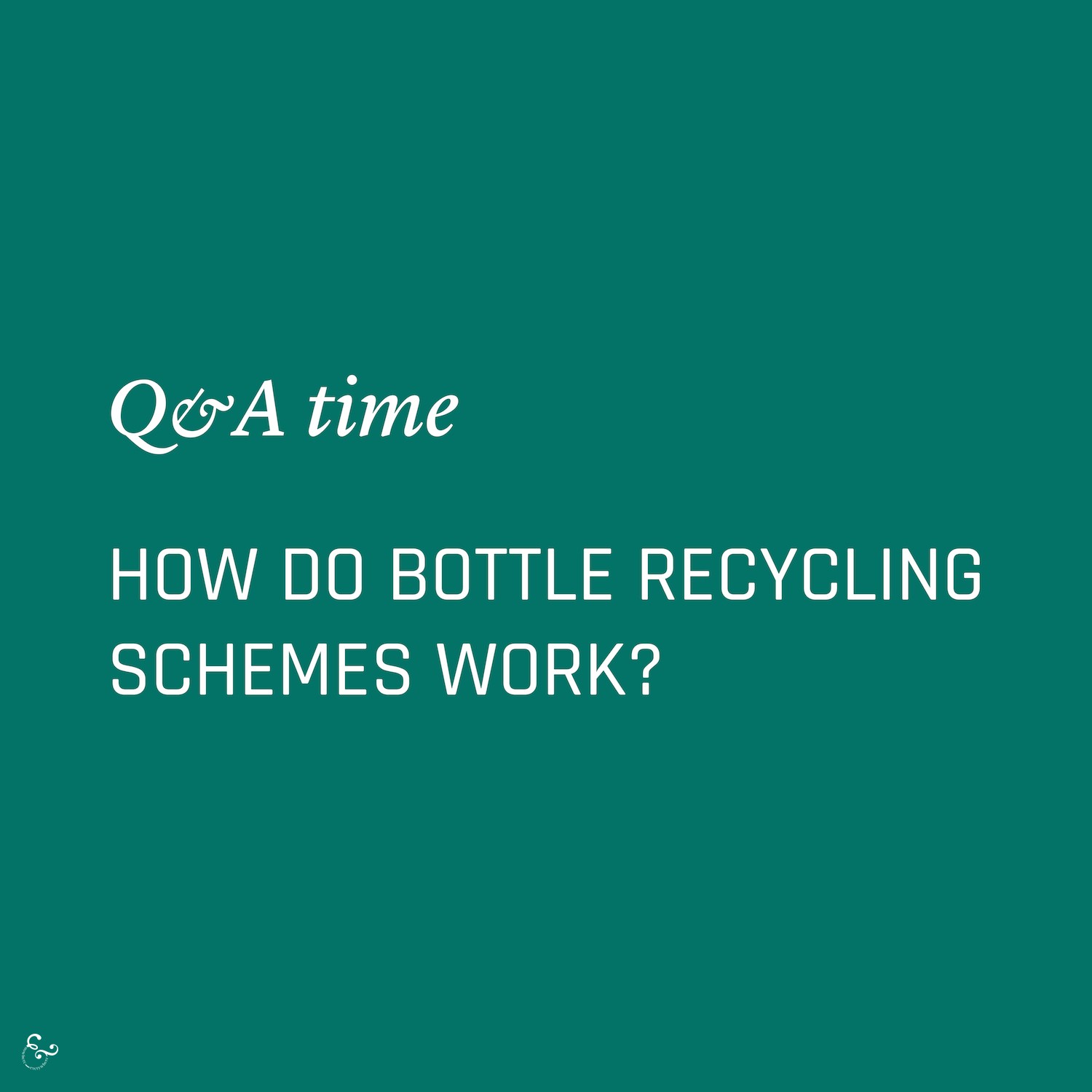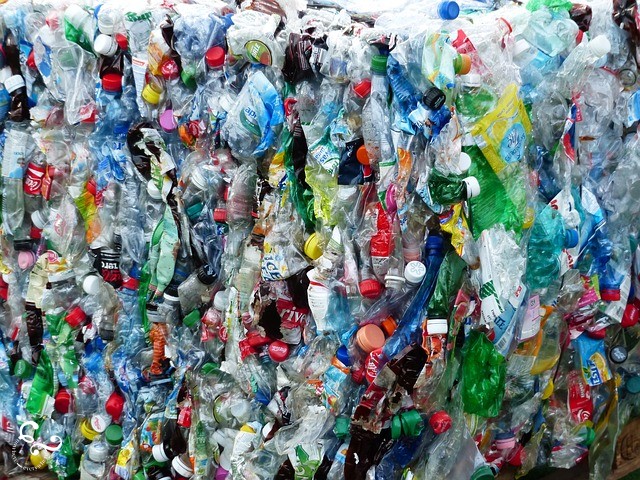Bottle recycling schemes work by providing a monetary incentive to return the container for recycling. Generally the price of the bottle return is factored into the bottle when consumers purchase the item and returned when it is recycled. In Germany, manufacturers of the drink have to bear the cost (it can’t be passed down to the consumer).
For example, England is proposing to introduce a new drink bottle and can deposit return scheme which will see consumers pay a small extra cost (8p – 22p) when they buy single-use drink containers but get this effectively paid back when they return the container to be recycled.
In some areas, bottles or cans can be taken back to the shop they were bought from, while in others a network of automated collection points known as “reverse vending machines” are utilized.
Research has found that countries with deposit return schemes tended to recycle between 80% and 95% of their plastic bottles. In Norway, 95% of all plastic bottles are now recycled. Germany also has high rates of recycling. This does all depend on local government, the will of the people and kerbside collection too.
Update: Read up on how Infinitum is recycling plastic bottles in Norway so they don’t degrade with each cycle.



